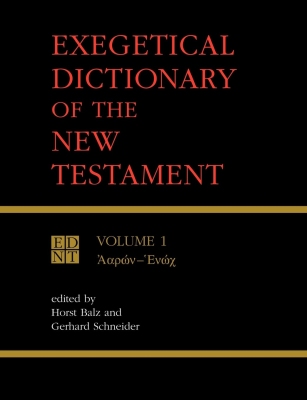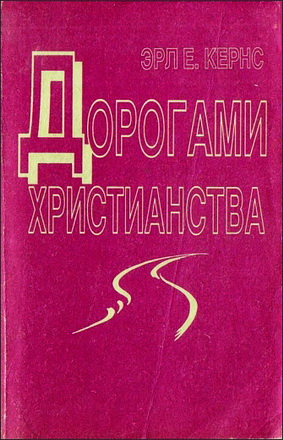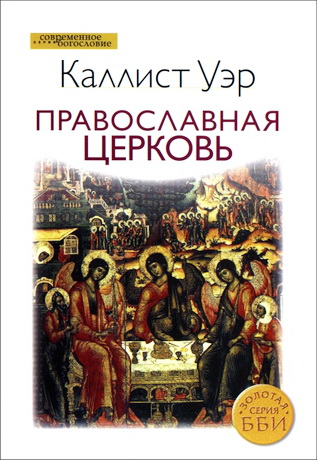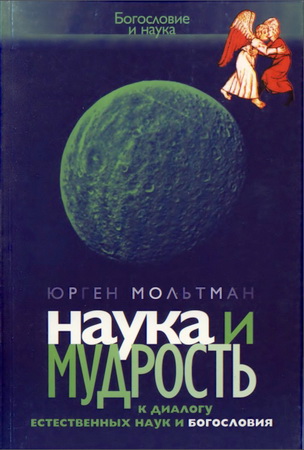
Exegetical Dictionary of the New Testament - модуль BibleQuote
Exegetical Dictionary of the New Testament
Edited by Horst Balz and Gerhard Schneider
Edinburgh: T&T Clark, Ltd., 1990. – 3 volumes
The Exegetical Dictionary of the New Testament (EDNT) is a translation of the Exegetisches Wörterbuch zum Neuen Testament (EWNT) and seeks to meet a broad range of needs of the student, pastor, and scholar. It is a complete English dictionary of New Testament Greek that includes definitions of every word appearing in the New Testament, a guide to the usage in different New Testament literary and theological contexts of every significant New Testament word, a systematic summation of the results of recent exegetical study of the New Testament, and a valuable source of bibliographical data for New Testament exegesis and theology.
EDNT stands in the tradition of the Theological Dictionary of the New Testament (TDNT): both go beyond the mere defining functions of a dictionary to discuss the historical, theological, and exegetical significance of words. EDNT acknowledges its debt to TDNT, which has long remained unique and even now is the most significant document of the exegetical work of more than a generation of scholarship. EDNT now brings the discussion forward, summarizing more recent treatments of numerous questions of New Testament study and giving attention to the abundance of changes and new approaches both in scholarly discussion and in study of and practical work with the New Testament in schools and churches.
EDNT meets the demands for a dictionary of the writings of the New Testament by giving for every word in the Greek text, including every proper name: transliteration, declension information for adjectives and nouns, meaning, and indication of the contexts in which the word is found. The data necessary for translation and exegesis are provided for every word.
More significant words of the New Testament are treated in longer articles in which the emphasis lies on the understanding of the words as they appear in varied contexts. A typical longer article proceeds, as much as possible, from the oldest strata of New Testament tradition in which the pertinent word carries a significant weight of meaning. The treatment of later strata follows, but it is not assumed that any idea of an evolution or of a gradual transformation should, by overschematizing, distort the presentation. Comparison with the rich material from outside the New Testament is brought in as the need arises (and not in a religio-historical discussion preliminary to the main part of the article). Words related by root and meaning are usually treated together (and cross-references from each word’s normal alphabetical location are included).
The distinctiveness and goal of EDNT lie not only in its limitation to the vocabulary of the New Testament, but also in its presentation and working out of the implications of the exegetical and theological contexts of the different words, including the necessary historical backgrounds. Newer linguistic viewpoints are taken into consideration, but no definite system of linguistic theory is presupposed.
EDNT seeks to serve scholars, pastors, and students. It always begins with the Greek language, but the results are made available to those who have not mastered Hebrew and Greek. All Hebrew words are transliterated as they arise in the course of discussion, and Greek words are transliterated in the headings of articles. An English index in Volume III will enable those who have not studied Greek to find articles on particular words.
From the very beginning EWNT was planned as ecumenical. The numerous contributors are Protestant and Catholic exegetes from German-speaking countries, from other European countries, and from overseas. Thus EWNT, and now EDNT, serves as a sign of worldwide cooperation in the understanding of the New Testament. All major articles are signed. Unsigned articles are the responsibility of the editors.
The editors have many people to thank, first of all, our colleagues who have shared in the work. Often the writing of EWNT/EDNT articles has caused them to put aside other work. We must also thank a series of unnamed assistants for many labors in connection with the dictionary.
* * *
Ἰορδάνης, ου
Iordanēs Jordan*
The Jordan is the major river of Palestine. Its source is in the Anti-Lebanon Range, and from there it flows through the Lake of Gennesaret and into the Dead Sea. It is mentioned in the NT primarily in connection with the baptismal activity of John ([Kopp, ]Places 99–112; Mark 1:5 [par.] Matt 3:5, 6; Luke 3:3; John 1:28; 3:26; 10:40 [according to John, “beyond the Jordan”]). Jesus was baptized in the Jordan (Mark 1:9; Matt 3:13; Luke 4:1). Among the crowds who followed Jesus and heard his preaching were some, among others, “from beyond the Jordan” (Mark 3:8 par. Matt 4:25). Jesus himself visited “the area beyond the Jordan” (Mark 10:1 par. Matt 19:1; cf. John 10:40), i.e., he went to Transjordan / Perea. Πέραν τοῦ Ἱορδάνου appears also in Matt 4:15 in the citation of Isa 8:23–9:1. [Abel, ]Géographie I, 161–76, 423–29, 474–83; N. Glueck, The River Jordan (1954); K. H. Rengstorf, [TDNT] VI, 608–23; K. Höpf, LTK V, 1118f.; BL 879f.
τρύπημα, ατος, τό
trypēma drilled hole; eye of a needle*
1. Occurrences and meanings — 2. “Eye of a needle” in Jewish proverbs — 3. Mark 10:25 par. Matthew / Luke
Lit.: E. Best, “The Camel and the Needle’s Eye (Mk 10:25),” [ExpTim] 82 (1970 / 71) 83–89. — S. LÉgasse, L’appel du riche (Marc 10, 17–31 par.) (1966). — R. Lehmann and K. L. Schmidt, “Zum Gleichnis vom Kamel und Nadelöhr und Verwandtes,” [TBl] 11 (1932) 336–40. — O. Michel, TDNT III, 592–94. — P. S. Minear, “The Needle’s Eye,” [JBL] 61 (1942) 157–69. — G. Schneider, Luke ([ÖTK], 1977) II, 370f. — N. Walter, “Zur Analyse von Mc 10, 17–31, ” ZNW 53 (1962) 206–18. — For further bibliography → κάμηλος.
1. These five words occur in the following NT passages: ῥαφίς in Mark 10:25 par. Matt 19:24 (eye of a needle); βελόνη in Luke 18:25, but cf. Mark 10:25 (eye of a needle); τρῆμα in Luke 18:25 par. Matt 19:24 B א* (eye of a needle); τρυμαλιά in Mark 10:25 par. Matt 19:24 C Θ al (eye of a needle); τρύπημα in Matt 19:24, but cf. Mark 10:25 (eye of a needle). Βελόνη and τρῆμα, both used in Luke, correspond more closely to classical usage than do the other three words.
2. Rabbinic Judaism speaks proverbially of “the eye of a needle” as the smallest possible opening (J. N. Sepp, [ZDPV] 14 [1891] 30–34): “Make me an opening for repentance as big as the eye of a needle” ([Midr.] Cant. 5:2). That which is impossible is likened to the elephant that is unable to pass through the eye of a needle (b.Ber. 55b; b.[B. Meṣ] 38b). The camel was considered the largest animal in Palestine (→ κάμηλος 2.b; cf. Matt 23:24: camel and gnat).
3. Mark 10:25 par. is an entry-saying that speaks of the impossibility of a rich man (→ πλούσιος 2) entering the kingdom of God. The sense of this radical (and authentic) saying of Jesus lies not in any theoretical reflection, but rather in the address to the rich. The “narrow gate” in the entry-saying in Matt 7:13f. par. Luke 13:23f. is comparable (see [Schulz, ]Q 309–12) and is characteristically formulated in the [imv.] (cf. also [Jeremias, ]Parables 195). Attempts to relate the “eye of the needle” in the saying to one of the narrow gates of Jerusalem (this interpretation reported by Paschasius Radbertus [9th cent.], [PL] CXX, 665) arises from the desire to attribute to Jesus a “dogmatic” manner of speaking and have him speak of the difficulty (not the impossibility!) of a rich man entering the kingdom (cf. Mark 10:23 par.: δυσκόλως).
G. Schneider
Поиск осуществляется по греческим словам





Комментарии
Пока нет комментариев. Будьте первым!